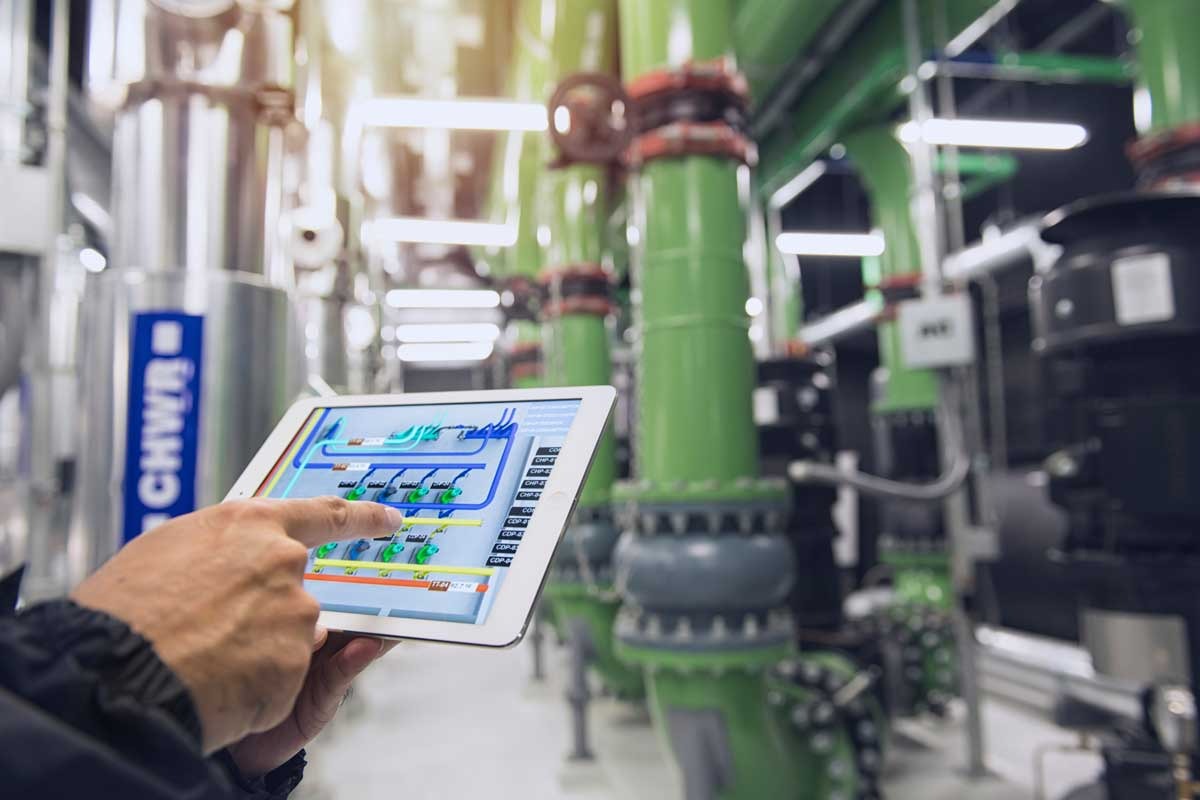The 5-Second Trick For Ambiq apollo 3
The 5-Second Trick For Ambiq apollo 3
Blog Article

We’re also creating tools to assist detect deceptive information like a detection classifier that may convey to every time a video clip was generated by Sora. We system to incorporate C2PA metadata Later on if we deploy the model in an OpenAI product or service.
Sora builds on earlier investigate in DALL·E and GPT models. It works by using the recaptioning approach from DALL·E three, which will involve generating very descriptive captions for that Visible education knowledge.
There are a few other techniques to matching these distributions which We'll go over briefly below. But right before we get there under are two animations that show samples from the generative model to give you a visible sense for that instruction process.
This submit describes four jobs that share a standard concept of improving or using generative models, a department of unsupervised Finding out tactics in machine Discovering.
The Apollo510 MCU is now sampling with clients, with basic availability in This fall this calendar year. It's been nominated with the 2024 embedded environment Group under the Hardware class for that embedded awards.
extra Prompt: A petri dish using a bamboo forest escalating in it that has very small crimson pandas functioning all around.
Due to the Net of Issues (IoT), there are actually a lot more connected products than ever all around us. Wearable Health and fitness trackers, good house appliances, and industrial Command tools are a few widespread examples of related units earning a sizable impression in our life.
Prompt: A close up watch of the glass sphere that includes a zen backyard inside of it. There exists a modest dwarf inside the sphere who's raking the zen backyard garden and generating designs from the sand.
Genie learns how to manage video games by looking at hrs and hours of movie. It could aid teach next-gen robots way too.
The trick is that the neural networks we use as generative models have quite a few parameters considerably smaller sized than the amount of info we teach them on, so the models are pressured to discover and efficiently internalize the essence of the information in order to create it.
We’re sharing our study progress early to begin working with and receiving responses from people today outside of OpenAI and to give the public a sense of what AI capabilities are within the horizon.
What does it imply to get a model to become big? The size of the model—a properly trained neural network—is calculated by the volume of parameters it's. These are typically the values while in the network that get tweaked again and again once more throughout coaching and are then utilized to make the model’s predictions.
Our website uses cookies Our website use cookies. By continuing navigating, we believe your permission to deploy cookies as specific in our Privateness Policy.
Establish with AmbiqSuite SDK using your chosen Software chain. We offer guidance documents and reference code which can be repurposed to speed up your development time. Furthermore, our superb technical assist crew is able to assist carry your structure to manufacturing.
Accelerating the Development of Optimized AI Features with Ambiq’s neuralSPOT
Ambiq’s neuralSPOT® is an open-source AI developer-focused SDK designed for our latest Apollo4 Plus system-on-chip (SoC) family. neuralSPOT provides an on-ramp to the rapid development of AI features for our customers’ AI applications and products. Included with neuralSPOT are Ambiq-optimized libraries, tools, and examples to help jumpstart AI-focused applications.
UNDERSTANDING NEURALSPOT VIA THE BASIC TENSORFLOW EXAMPLE
Often, the best way to ramp up on a new software library is through a comprehensive example – this is why neuralSPOt includes basic_tf_stub, an illustrative example that leverages many of neuralSPOT’s features.
In this article, we walk through the example block-by-block, using it as a guide to building AI features using neuralSPOT.
Ambiq's Vice President of Artificial Intelligence, Carlos Morales, went on CNBC Street Signs Asia to discuss the power consumption of AI and trends in endpoint devices.
Since 2010, Ambiq has been a leader in ultra-low power semiconductors that enable endpoint devices with more data-driven and AI-capable features while dropping the energy requirements up to 10X lower. They do this with the patented Subthreshold Power Optimized Technology (SPOT ®) platform.
Computer inferencing is complex, and for endpoint AI to become practical, these devices have to drop from megawatts of power to microwatts. This is where Ambiq has the power to change industries such as healthcare, agriculture, and Industrial IoT.
Ambiq Designs Low-Power for Next Gen Endpoint Devices
Ambiq’s VP of Architecture and Product Planning, Dan Cermak, joins the ipXchange team at CES to discuss how manufacturers can improve their products with ultra-low power. As technology becomes more sophisticated, energy consumption continues to grow. Here Dan outlines how Apollo3 Ambiq stays ahead of the curve by planning for energy requirements 5 years in advance.
Ambiq’s VP of Architecture and Product Planning at Embedded World 2024
Ambiq specializes in ultra-low-power SoC's designed to make intelligent battery-powered endpoint solutions a reality. These days, just about every endpoint device incorporates AI features, including anomaly detection, speech-driven user interfaces, audio event detection and classification, and health monitoring.
Ambiq's ultra low power, high-performance platforms are ideal for implementing this class of AI features, and we at Ambiq are dedicated to making implementation as easy as possible by offering open-source developer-centric toolkits, software libraries, and reference models to accelerate AI feature development.
NEURALSPOT - BECAUSE AI IS HARD ENOUGH
neuralSPOT is an AI developer-focused SDK in the true sense of the word: it includes everything you need to get your AI model onto Ambiq’s platform. You’ll find libraries for talking to sensors, managing SoC peripherals, and controlling power and memory configurations, along with tools for easily debugging your model from your laptop or PC, and examples that tie it all together.
Facebook | Linkedin | Twitter | YouTube